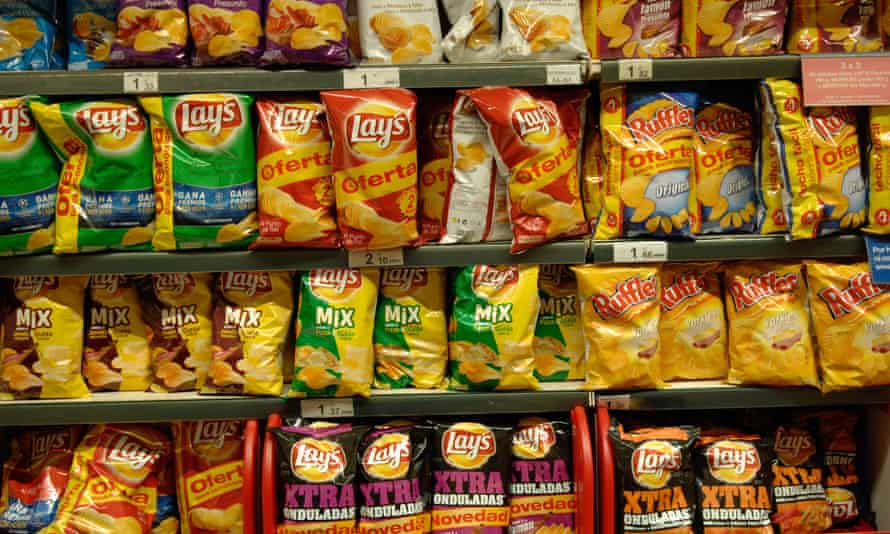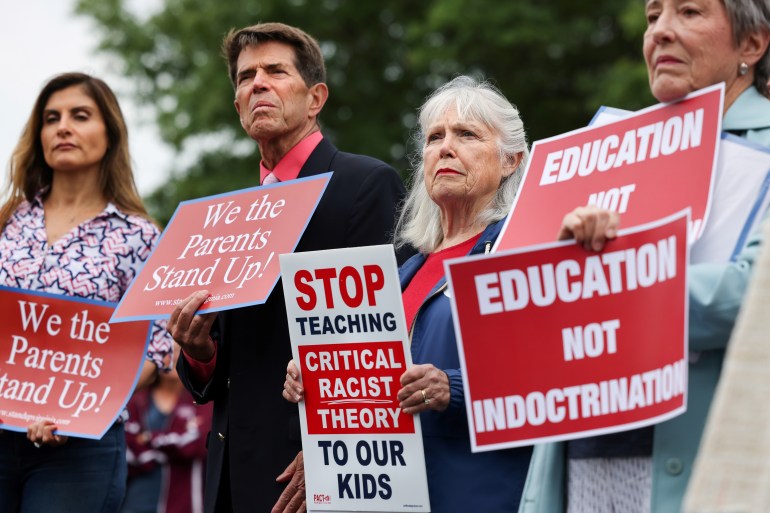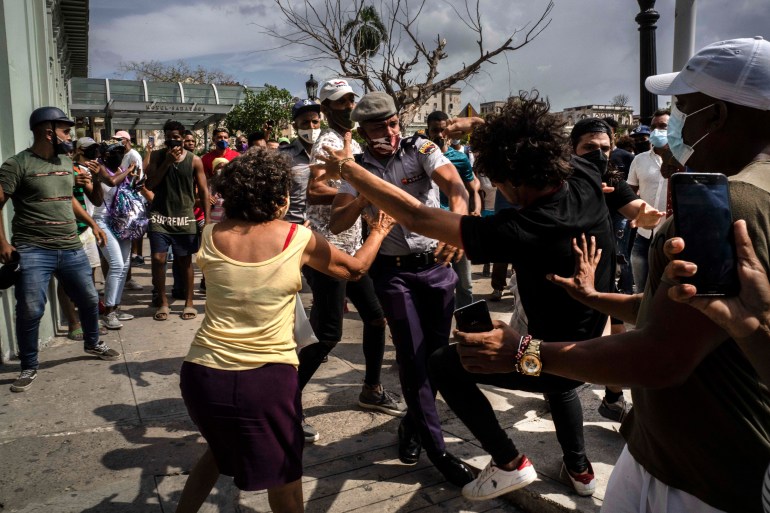By Sara O'Brien, CNN Business
Sat July 24, 2021
(CNN)After a nearly three-week strike, hundreds of Frito-Lay employees in Topeka, Kansas have ratified a revised contract Saturday addressing what union leaders had previously described as a diminished quality of life stemming from work conditions, including long hours, forced overtime, and stagnating wages.
The contract will provide workers with a guaranteed day off each work week, and eliminates so-called "suicide shifts" (or "squeeze shifts" as the company calls it) where workers put in eight-hour days plus four hours of overtime before returning for their next shift, according to a Frito-Lay statement provided to CNN Business.
The news of the agreement was first reported Saturday by The New York Times.
Frito-Lay, owned by PepsiCo, said the union representing the workers will have additional opportunities for input on staffing and overtime. The revised contract also "offers 4% wage increases to employees in all job classifications over the two-year contract," according to the company's statement.
The workers belong to Local 218 of the Bakery, Confectionery, Tobacco Workers and Grain Millers International Union. In a statement Saturday, Anthony Shelton, the union's international president, said the workers "have shown the world that union working people can stand up against the largest food companies in the world and claim victory for themselves, their families and their communities."

Ron Sadler, employee at Frito-Lay for 32 years, puts his fist up as drivers honk their horns to show support for the union strike Tuesday afternoon, July 20. "I'm way too old to be dealing with this," Sadler said.
The 20-day strike marked the first at the plant in its decades of operation.
Earlier this month, Shelton said that "workers do not have enough time to see their family, do chores around the house, run errands, or even get a healthy night's sleep."
Frito-Lay had previously called the union's claims about long hours "grossly exaggerated."
"At all times we have negotiated in good faith with union representatives to address the most pressing concerns raised regarding hours of work and overtime," said Frito-Lay in the statement. "We believe our approach to resolving this strikes demonstrates how we listen to our employees, and when concerns are raised, they are taken seriously and addressed."
CNN's Harmeet Kaur contributed to this report.
/cloudfront-us-east-1.images.arcpublishing.com/gray/B7UNUDFA4RGGJLPW5BXRBRH6YA.jpg)
By Joseph Hennessy
Published: Jul. 24, 2021
TOPEKA, Kan. (WIBW) - The union has voted to accept Frito Lay’s newest contract offer ending the 20-day strike.
According to union leaders, the Bakery, Confectionery, Tobacco Workers and Grain Millers Local 218 members have voted in favor of Frito Lay’s contract offer after weeks of striking across the street from the plant.
We are told the accepted terms have one guaranteed day off and there is a pay increase for the workers.
Union Steward for BCTGM Mark McCarter confirmed the strike is over.
He said Everyone will return to work Monday and the vote tally has not been released. The vote approval occurred overnight, the picket line is being taken down now.
“We are pleased the BCTGM Local 218 members from Frito-Lay’s Topeka site ratified the revised contract offer and we look forward to welcoming all of our employees back to work next week.
That is all we can confirm at this time. This is a developing story.
Copyright 2021 WIBW. All rights reserved.
Harmeet Kaur
Published Friday, July 23, 2021

Ron Sadler, a Frito-Lay employee for 32 years, raises a fist as drivers show support for the union strike on July 20. (Evert Nelson/USA Today Network via CNN)
Workers at the Frito-Lay plant in Topeka, Kansas, say it used to be one of the best jobs in town -- a place of shared meals, group outings and community.
In recent years, though, employees and union members say the facility where Doritos, Cheetos and Tostitos are made has become another toxic work environment.
Hundreds of Frito-Lay workers at the Topeka facility are in week three of a strike over what union leaders describe as long hours, forced overtime, stagnating wages and a diminished quality of life. It's the first strike at the plant in its decades of operation.
Members of the Bakery, Confectionery, Tobacco Workers and Grain Millers Local 218 union have called on the snack food company to provide better working conditions and pay. Among their grievances are so-called "suicide shifts," in which employees work a full eight-hour day plus four hours of overtime with little turnaround time before the next shift.
"Workers do not have enough time to see their family, do chores around the house, run errands, or even get a healthy night's sleep," the union's international president Anthony Shelton said in a July 12 statement. "This strike is about working people having a voice in their futures and taking a stand for their families."
Frito-Lay, which is owned by PepsiCo, said in a statement that the claims about long hours were "grossly exaggerated." It also pointed to a contract offer it made prior to the strike that would cap overtime limits at 60 hours and end what it referred to as "squeeze shifts."
Corrina Christensen, communications director for the main Bakery, Confectionery, Tobacco Workers and Grain Millers union told CNN on Thursday that negotiations had concluded and that it would not comment further until after a vote by members. Frito-Lay did not address specific requests for comment by CNN, instead pointing to public statements released this week.
WORKERS FEEL THEY'RE BEING 'PUSHED TO THE EDGE'
As the nation continues to recover from the pandemic, PepsiCo recently reported quarterly earnings that surpassed Wall Street estimates -- Frito-Lay North America saw its organic revenue grow by 6%.
Workers at the Topeka plant, however, feel burned out.
Union leaders said in a podcast interview last week that they had asked management for years to address staffing shortages that resulted in forced overtime and long shifts, but that the issues were not adequately addressed.
"Before we walked out on the strike, they were 100 employees short already, which is where a lot of the overtime comes in," said Paul Klemme, chief steward of Local 218.
Mark McCarter, a Frito-Lay employee and union representative who has been working at the Topeka facility for more than three decades, told VICE that he makes $20.50 an hour despite his long career with the company and hasn't received a proper raise in 10 years.
"I think people are pushed to the edge," he told the outlet. "COVID created some of this. During COVID, managers got to work from home. People see that and realize they have other options. Everyone's hiring and raising their pay because no one wants to work for $8 an hour anymore."
Cherie Renfro, another worker at the facility, criticized Frito-Lay for giving bonuses instead of raises and accused the company of lowering wages for new employees. She also said workers did not receive hazard pay or other recognition for the risks they took throughout the pandemic.
"You have no problem paying for the drug tests, background checks, orientation and training for 350-plus employees that you hired and lost this past year," Renfro wrote in the Topeka Capital-Journal. "But you have a problem giving decent living wages to keep loyal employees, already trained, already here."
More than 800 workers are affected by the strike.
WHERE THINGS STAND
Union membership voted down a July 1 offer made by Frito-Lay before going on strike.
Negotiations resumed this week, and on Thursday, the two sides concluded their talks.
Frito-Lay said in a statement that the new offer "will better address employee concerns around guaranteed days off and create additional opportunities for the union to have input into staffing and overtime," adding that it would include across-the-board wage increases.
Christensen, the spokesperson for the main union, said members are currently voting on the contract and that results are expected late Friday.
Workers are now entering their third week on strike to demand better conditions

Since 5 July, hundreds of striking workers at a Frito-Lay plant in Topeka, Kansas, have drawn attention to the Dickensian conditions workers have been subjected to in order to produce some of the biggest brand name chips in the United States, including Fritos, Cheetos, Doritos, Lay’s, Ruffles, Funyuns and Tostitos.
Workers have publicly aired a list of grievances ranging from stagnant wages, high turnover rates and a lack of hazard pay during the pandemic to 84-hour workweeks, warehouses in triple-digit heat with no air conditioning, months on end without a day off, and so-called “suicide shifts” where workers are only off the clock for eight hours before having to come back in.
As one Frito-Lay worker wrote in an op-ed for the Topeka Capital-Journal, “This storm has been brewing for years.” The worker describes “iron-fisted management” that has forced employees to continue working through the smoke and fumes of a fire, the loss of a father, a “deep freeze” cold front, years of inflation with cost-of-living increases as low as 20 cents, and the on-the-job death of a co-worker.
In an interview with Vice, Mark McCarter, a 59-year-old palletizer and union steward who has been working at the facility since he was 19, described one instance a few years ago where a co-worker died on the line and the company had his body moved to the side without stopping production. “It seems like I go to one funeral a year for someone who’s had a heart attack at work or someone who went home to their barn and shot themselves in the head or hung themselves,” said McCarter.
Workers are now entering their third week on strike without pay as a last resort and have asked consumers to stop buying Frito-Lay products until an agreement with the company is reached. “We would rather nobody buy any Frito-Lay products, Fritos, Doritos, Tostitos, Funyuns, Cheetos, all those, while we’re on strike,” McCarter told Vice
While these shocking conditions (more fitting for an Upton Sinclair novel than the facility of a Fortune 500 company) have been given a human face by the workers organizing against them, they point to an imbalance of power that transcends Frito-Lay.
The movement for an eight-hour workday in the US has been waged by workers since the late 1800s. And wasn’t legally guaranteed until 1938. In the decades that followed, all major federal legislation for workplace health and safety was won through the concerted efforts of organized labor and organized labor alone.
In a country where labor history is all but forgotten, it is all too easy for people to understand the modern workplace as the result of a progressive advancement in thinking over what people consider acceptable terms of employment in a developed nation. But Frito-Lay and the countless other workers that have organized against low wages and poor working conditions under the pandemic have debunked this narrative, revealing a constant tug of war between workers and the boss.
Frito-Lay is a subsidiary of Pepsico, a multinational conglomerate that owns Pepsi, Starbucks, Aquafina, Mountain Dew, Tropicana, Gatorade, Aunt Jemima and a number of other brand-name products we see on supermarket shelves across the country. The company’s tens of billions of dollars in yearly revenue across 23 brands is the outcome of decades of unchecked corporate consolidation hiding behind the appearance of consumer choice through clever marketing tactics and an absence of organized opposition.
If Covid-19 has taught us anything it is that the conditions we work under will be pushed as far as a company can take them while still maximizing its bottom line. That is until workers reach a breaking point.
When bargaining with the Bakery, Confectionery, Tobacco Workers, and Grain Millers Local 218, the union representing Frito-Lay workers, a company negotiator said the quiet part out loud.
“Your negotiator told us that it isn’t that Frito-Lay can’t afford to give us raises, it’s that he is there to protect the stockholder investments,” said Cheri Renfro in an open letter to her employer. “Your threats and bully tactics only fuel our fire. You have pushed us into a corner and we came out swinging. And now you’re ‘shocked’?”
Indigo Olivier is an investigative reporting fellow at In These Times magazine










 The side of a building in Van Horn, Texas, is adorned with a mural of Blue Origin founder Jeff Bezos on Saturday, July 17, 2021, just days before Bezos launched into space [AP Photo/Sean Murphy]
The side of a building in Van Horn, Texas, is adorned with a mural of Blue Origin founder Jeff Bezos on Saturday, July 17, 2021, just days before Bezos launched into space [AP Photo/Sean Murphy]



